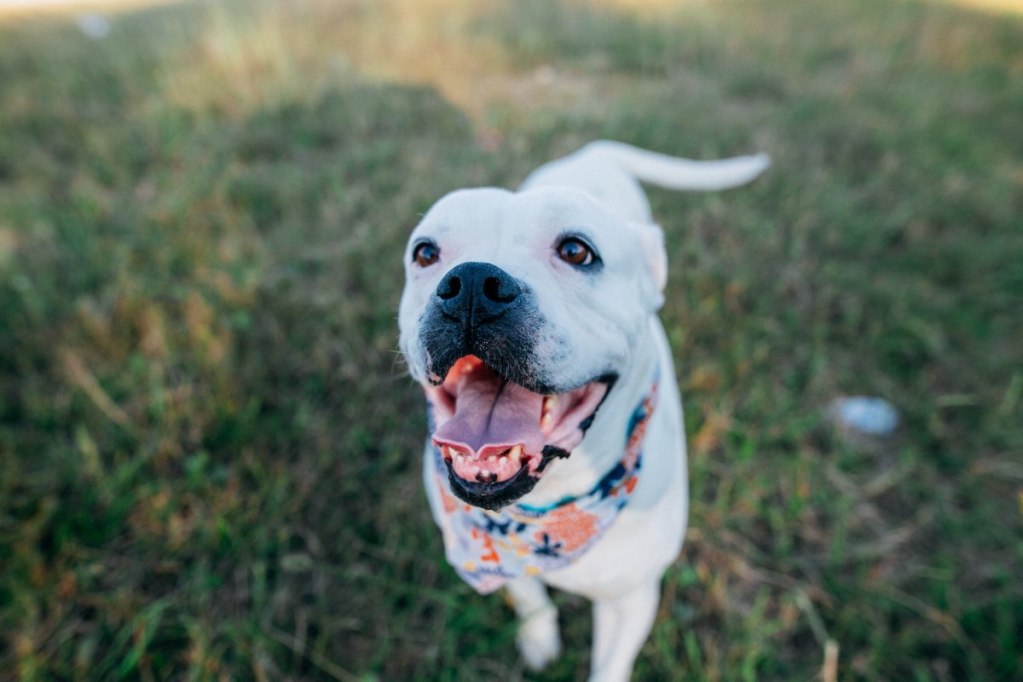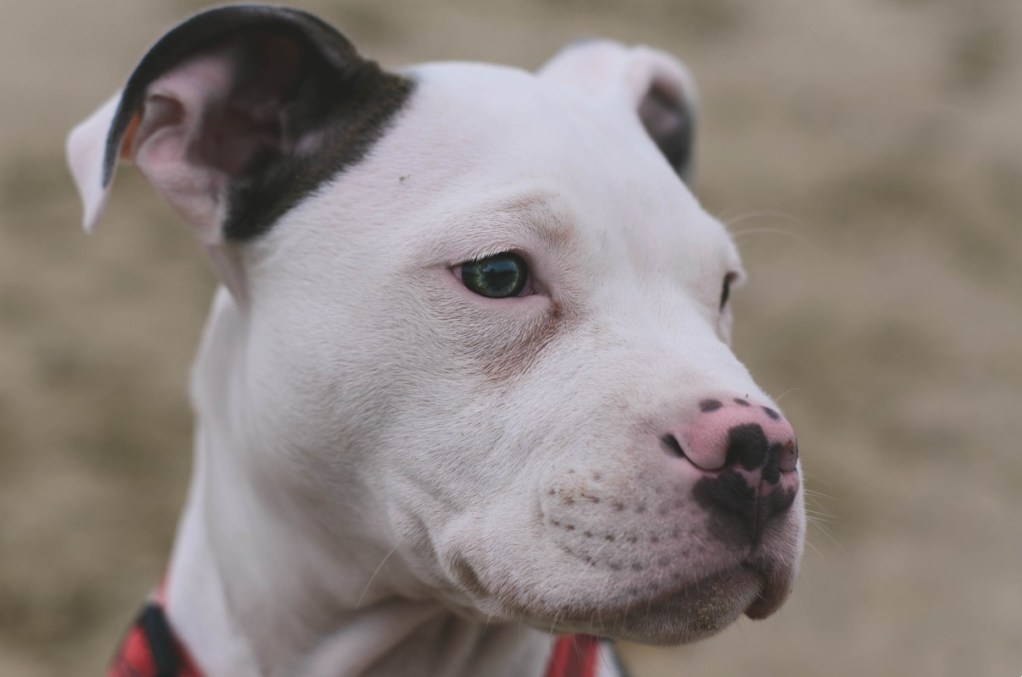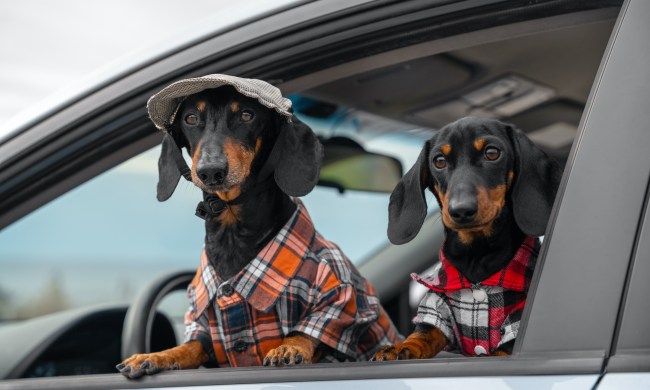Bulldogs are adorable. Those smooshed mugs and rolls for days are absolutely irresistible.
American bulldogs are descendants of their English counterparts, and the American Kennel Club believes the breed has been around since the 17th century. Immigrants brought pups with them, and today’s American bulldogs were yesteryear’s farm dogs. The American bulldog may have tons of rolls, but their ancestors once guarded farms and caught feral pigs like pros.
Tons of myths about the American bulldog exist. Some, like rumors about their temperament, particularly if the pup is an American bulldog-pit bull mix, can be very harmful and reduce adoption rates for these animals. Other misnomers can affect a pet’s health, such as what a “normal” weight is for a bulldog with natural rolls. However, advocate veterinarians are working to clear up these myths and give people the truth about American bulldogs. Here are five common myths about the breed that require debunking.

1. American bulldogs and English bulldogs are the same dog
American bulldogs and English bulldogs are separate. However, American bulldogs likely descended from the English, when immigrants brought their dogs to work on farms in the 17th century. The American bulldog is larger. Adult American bulldogs are 22 to 25 inches and 75 to 100 pounds, while females are 20 to 23 inches and 60 to 80 pounds. Adult English bulldogs are 14 to 15 inches, regardless of gender. Male English bulldogs can weigh about 50 pounds, and females typically clock in at 40 pounds.
American bulldogs also generally live longer — approximately 10 to 12 years — than their English counterparts, who live 8 to 10 years on average.
2. American bulldogs are not athletic
American bulldogs are agile and athletic. Remember, their ancestors could chase down and tackle feral pigs for their human companions. They’re also strong with high endurance. Leash walks are a great way to keep your American bulldog happy. However, it’s essential to teach them to heel because of their strength. This skill is taught in training, which can begin for American bulldog puppies around 8 weeks old. Have an older dog? No worries — the idea that you can’t teach an old dog new tricks is another myth worth busting.

3. American bulldogs are aggressive
In addition to working on farms, American bulldogs served as guardian dogs. They’re also a “bully” breed, which carries a connotation of aggressive. Any breed has aggressive dogs, but American bulldogs are not an inherent problem. In fact, people love these dogs for their friendly and loyal disposition. Yes, this statement includes a dog that’s an American bulldog-pit bull mix.
Just like with training, socialization from an early age can help a dog learn to adapt to multiple situations, including strangers and other dogs. By 8 weeks old, American bulldog puppies can go home with their human parents and begin to get used to the world. A vet or animal behavioral specialist can help you work on issues with your dog, regardless of their age or history.
4. Obesity is normal
It depends on what you mean by “normal.” Obesity is a common condition for many breeds, including the American bulldog. However, just because the American bulldog may have a wrinkly face and rolls doesn’t mean they should be overnight. Females should maintain a weight of around 40 pounds and males should be around 50 pounds.
Feeding your American bulldog a healthy diet of mostly AAFCO-approved dog food and getting plenty of exercise through walks and play are two primary ways to keep your pup healthy. Frequent vet trips will let you know if the dog is on track or needs lifestyle modifications, such as a specialized diet or more exercise.
5. American bulldogs aren’t good for families
This myth might be a result of the unfair, untrue reputation for being an aggressive dog. American bulldogs are loyal and loving dogs, and many are good with children and other pets. That said, every dog is different. Shelters often provide behavioral assessments and test dogs with other pets, including cats. Breeders can also give you information on American bulldogs and how they may fit into your family’s lifestyle. Be sure to pick their brains — you want to ensure your home is the last one the dog knows.
American bulldogs are loyal, friendly animals. They’re athletic and once served as farmworker dogs that chased down feral pigs. These days, an American bulldog needs plenty of exercise and mental stimulation, and in part because the desire to work remains an inherent part of them. What isn’t inherently a part of an American bulldog? A bad bone in their bodies. These pets are not aggressive by nature. Dogs of any breed may show aggression. Socializing and training American bulldog puppies from a young age can improve outcomes, though no dog is too old to learn a new command or two. American bulldogs can make wonderful family pets if they’re placed in the best position to succeed. Always talk to a reputable breeder or animal shelter about the individual dog you’re interested in bringing home. They can offer insights into the dog’s health requirements and personality.



